Introduction
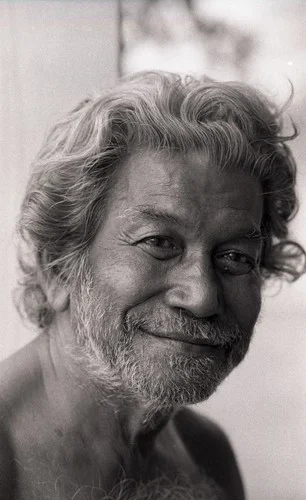
Ramkinkar Baij remains one of the most prominent yet unconventional names in modern Indian art. He was born in 1906 in Bankura, West Bengal and is acclaimed to be the first modern sculptor of India who broke away from the classical norms to experiment with an absolutely new sculptural language that is indigenous in its roots but liberal in its approach towards modernist experimentation. He went on to use strange materials, like cement, concrete, and laterite, which made him revolutionary among artists of his time when plaster, marble, and bronze formed the very basis of sculpture. Baij’s art wasn’t French polished; it was raw, full of texture, deeply human, straight from those rural landscapes and people he knew so well. He depicted and embodied movement, emotion, as well as the dignity of everyday life.
Early Life and Interest in Sculpting
From the humble climes of Bankura, a land dotted with terracotta crafts and folk art traditions, began the artistic odyssey of Baij. The child had little to draw with; whatever he did was dishonest-red clay had to suffice for the earth drawing, turmeric for yellow, and paper patches for hasty scrawls. From these informal beginnings, his capacity to improvise was honed, and with that came the birth of a sensibility.
Then came the informal lessons he got from local idol-makers, particularly one Ananda Pal, whose ease with clay made an indelible impression on young Ramkinkar. Watching artisans shape forms for deities during festivals, he absorbed both technique and a sense of storytelling through form. Soon, in a modest way, he was sculpting little figures in the clay-like activities that would speak of a lifetime obsession with three-dimensional representation.
In his teenage years, Baij joined a local jatra troupe, painting its props and backdrops. It was from this experience that he learned about scale, composition, and the dynamics of human movement-all of which would be vital to a sculptor. He also began making clay figures of political leaders and freedom fighters inspired by nationalistic currents in the wake of the Non-Cooperation Movement. To him, art could never be disconnected from life-it resonated with the socio-political pulse of his own times.
Training and Skill Development
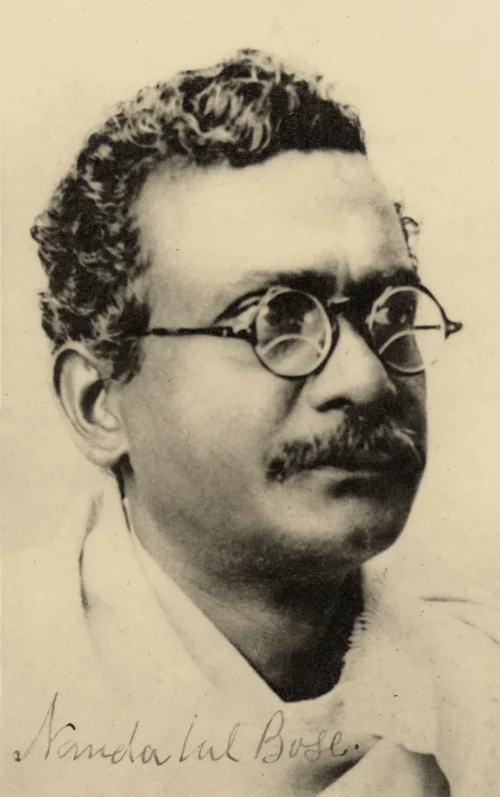
Nevertheless, Europe started noticing Baij’s extraordinary art somewhere in 1925. Ramananda Chatterjee, the then-editor of Modern Review and a powerful cultural force, learned of the initiator’s talent. He made recommendations to Kala Bhavana at Santiniketan, founded by Rabindranath Tagore. Under the aegis of Nandalal Bose, one of the outspoken representatives of the Bengal School of Art, Baij was then encouraged to uphold individuality and free expression, rather than the strict demands of formal teaching. This allowed Baij to explore sculpture in a spontaneous and self-initiated way. Here he was trained in modeling, casting, and large outdoor sculpture, often doing personal experimentation in form and material.
Baij had interactions with other artists, like Roy Chowdhury, who provided him with an additional technical background, and exposed himself to the work of European masters such as Rodin, Bourdelle, and Epstein. Rodin’s concerns for surface expression, Epstein’s lure to modernism, and the use of industrial tools led Baij on a path of experimentation. In fact, Baij used cement and concrete, which were far-fetched ideas then, and often added laterite gravel for texture.
Material experimentation was not purely for the sake of aesthetics; it held functional considerations. Concrete sculpture permitted him to produce large works economically and make it available to an audience wider than the elite. In many instances, he sculpted outdoors, in the open space, very often among students, which rendered art-making a community endeavor.
Artistic Vision and Motifs
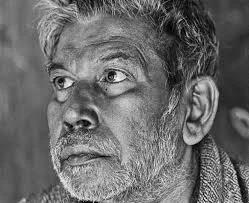
The art of Baij brought revelation in an omnidirectional view due to his having lived in Santiniketan and given proximity to the neighboring rural Santhal communities whose everyday life—ploughing fields, carrying loads, migration with families-becomes the core of his visual language. He saw beauty, resilience, and humanity in these scenes and sought to immortalize them in large-scale public works.
There is a movement and immediacy in his sculptures; they are not static poses, instead, moments captured mid-action. The figures are slightly unfinished, thus rejecting idealized symmetry to give them a more organic quality. In this way, Baij’s art binds folk sensibilities with modernist abstraction.
Famous Sculptures
1.Santhal Family (1938) – This is probably his most famous work; it is a sculpture of a tribal family migrating with their belongings. Made of cement and laterite, it does justice to their heavy burden and dignified journey. The figures appear to come alive with their strides, increasing the movement quality of the curves of the forms.
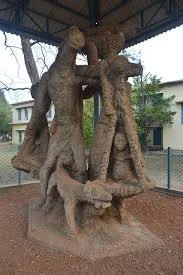
2.Mill Call (1956) – A tribute to the industrial worker, it shows a multitude of workers hurrying toward the call of a siren that announces the beginning of the workday at the mill. This molded, perverse form reflects the tensions of post-independence between industrialization and human endurance.

3.Yaksha and Yakshi (1955) – These enormous cement figures were intended for the Reserve Bank of India in New Delhi. These figures reinterpret ancient motifs in a contemporary idiom, drawing a trope between India’s economic modernity and its mythical past.

Reception and Popularity in Present-Day India
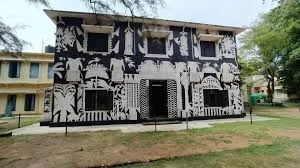
In Baij’s lifetime, his work created great divide for critics; some saw his rough surfaces and unconventional materials as a departure from the “proper” art, while others considered them a revitalizing modernity deeply rooted in Indian soil. In the decades since, his reputation grew steadily, especially after India’s independence, when his public works had begun to attain cultural landmark status.
Today, his sculptures in Santiniketan are pilgrimage sites for art students and historians. The Yaksha and Yakshi in Delhi are iconic urban symbols. Exhibitions mounted by institutions such as the National Gallery of Modern Art have further consolidated his legacy, while his works, especially paintings, are among the most sought after in the art market today.
Broadly put, Baij helped normalize the idea that modern Indian art could, and should, use nontraditional materials, depict rural subjects with dignity, and evolve in a style not entirely Western or entirely traditional but something new and hybrid. His influence can be seen in later generations of Indian sculptors who continue to explore scale, material, and content.
Conclusion
His story is one that functions as a model for educating gifted, talented, artistic people who achieve their own genius and self-determined culturalized bravery through unmatched experimentations in life and work. From molding clay into idols in Bankura to erecting perhaps India’s largest monumental public sculptures, he transformed what sculpture could be.
He did not imitate Western modernists, nor did he follow the traditional; he opened a space in which the rhythms of rural life and the grit of industrial labor can coexist with three spiritual echoes of an Indian heritage in modern idiom. His art lives on not because it is confined in museums, but because it continues to speak to the day-to-day dignity of people and the geography they inhabit.
The legacy of Ramkinkar Baij is not limited to the sculptures he created but also to include creative energy that empowers people to be free of convention in their works, philanthropic in bringing art to public life, and visionary enough to perceive beauty and value in the simplest of things. In that sense, he was not just a sculptor but a shaper of the modern Indian artistic soul.
References
1.https://jnaf.org/artist/ramkinkar-baij/
2.https://www.visvabharati.ac.in/RamkinkarBaij.html
3.https://dagworld.com/ramkinkarbaij.html
4.https://www.theheritagelab.in/modern-art-sculpture-ramkinkar-baij-india/
6.https://mapacademy.io/article/ramkinkar-baij/
7.https://www.astaguru.com/blogs/ramkinkar-baij-the-story-of-india%E2%80%99s-first-modern-sculptor-4




